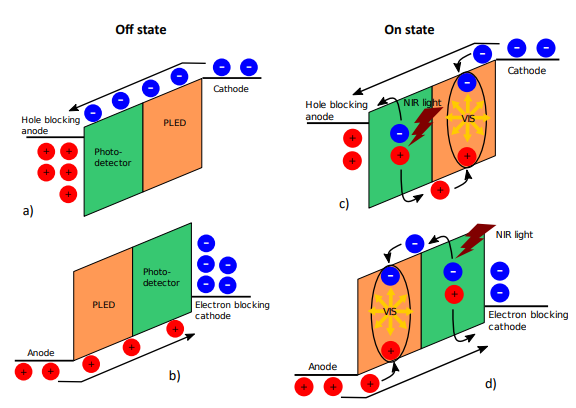Drift-Diffusion Simulations of Charge Transport and Trap Dynamics in Organic Semiconductor Materials
Dr. Camilla Arietta VAEL-GARN
Ph. D Thesis, EPFL , 12 Sept. 2023
https://doi.org/10.5075/epfl-thesis-10350
The study explores polymeric semiconductors in organic electronics, using drift-diffusion simulation to study three areas. First, the applicability of thermally stimulated current measurement for studying trap states in organic semiconductors is investigated, identifying a reliable formula for data analysis. Second, reversible trap states in a polymeric light-emitting diode are studied, suggesting trap state formation and disaggregation may involve water and oxygen molecules. Lastly, the operational principles of an upconverter device converting near infra-red to visible light are examined, finding that electron mobility in the emission layer significantly affects the device's response time.

